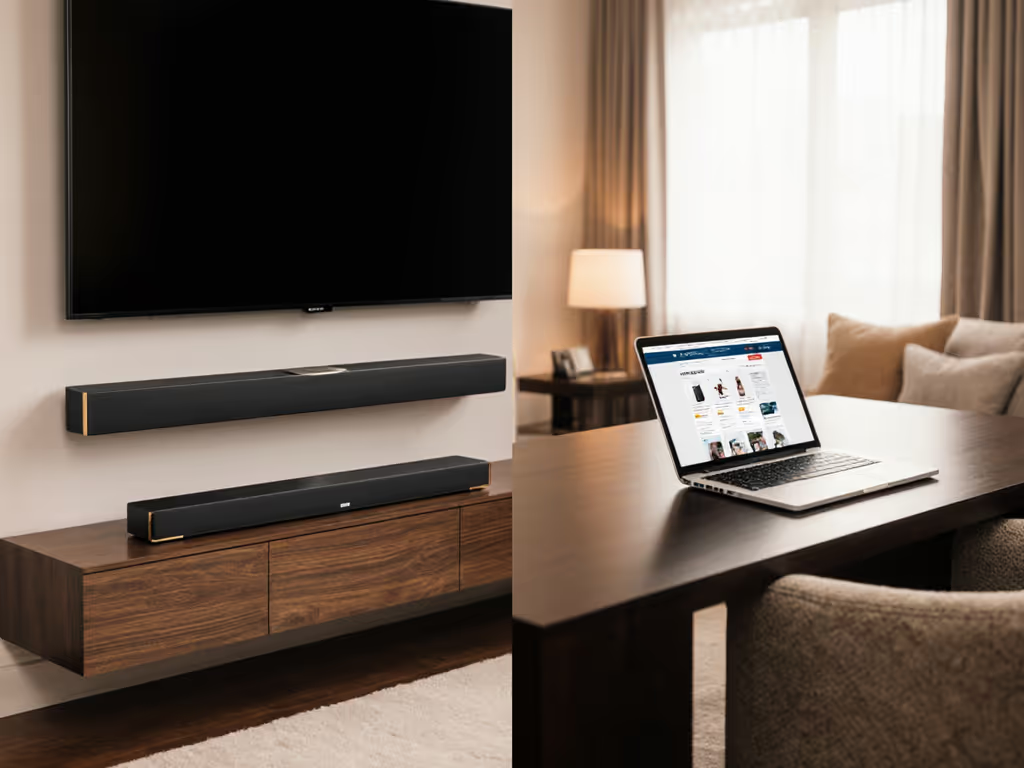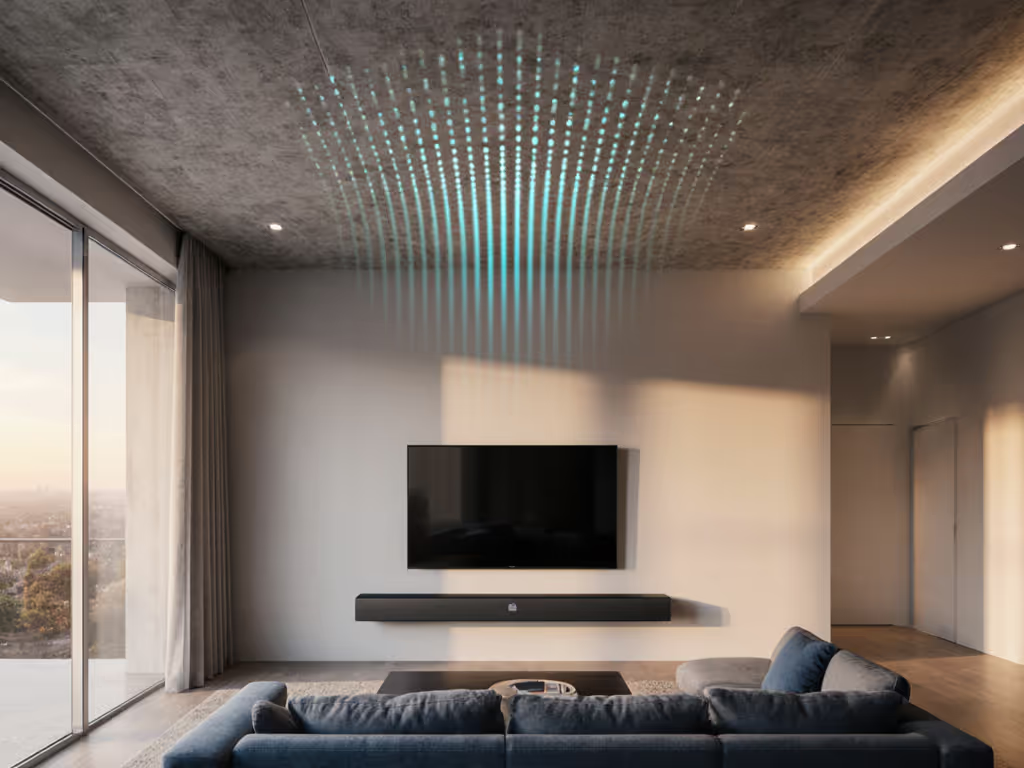
Soundbar vs Soundbase: Which Fits Your Room Best?
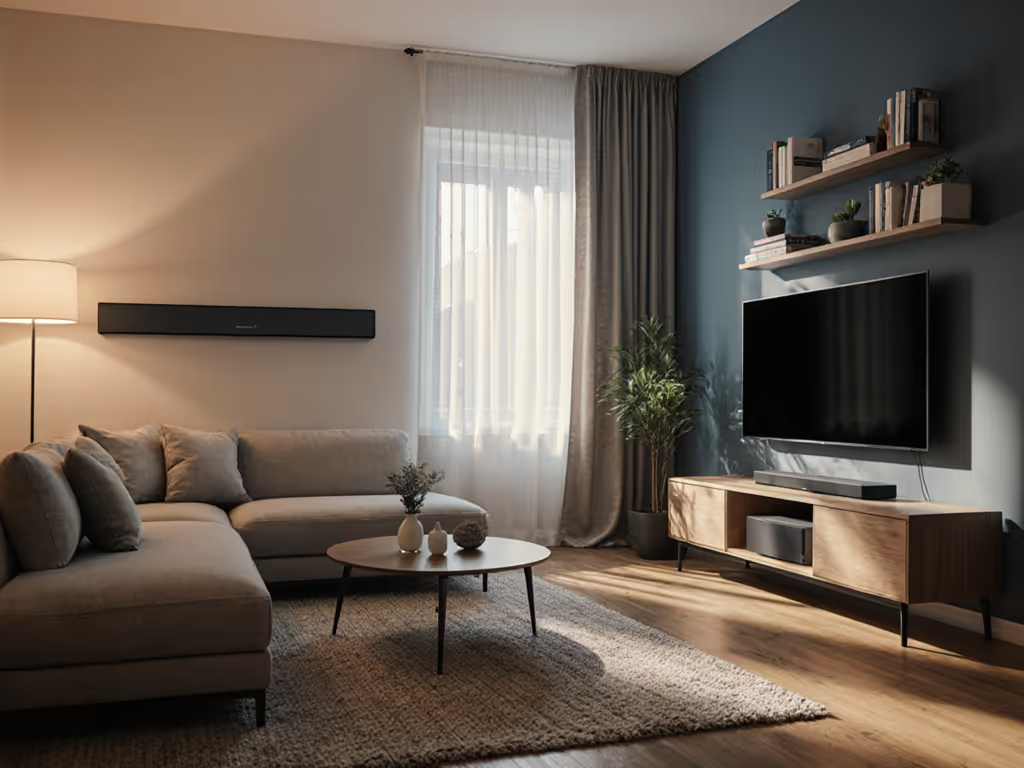
When weighing soundbar vs soundbase options, the real question isn't about specs, it's whether your choice will survive Tuesday night movie sessions without waking the baby or annoying neighbors. As city dwellers with thin walls know, soundbase soundbar differences matter most when dialogue vanishes at safe volumes and bass triggers complaints. Great sound is what you enjoy nightly without anxiety, calibrated precisely to your room dimensions, viewing habits, and relationships. Let's run the real-room fit check before chasing bigger specs.
The Room-First Reality Check
Before comparing hardware, answer these plain-language questions. Your answers dictate everything:
Measure twice, buy once: Your room dimensions and constraints are non-negotiable design parameters.
- TV placement: Does your TV sit on furniture (soundbase territory) or above it (soundbar)? Measure clearance under your screen, soundbars under 2.5" tall avoid blocking IR sensors.
- Wall permissions: Renters often can't drill. Soundbases require sturdy furniture; soundbars need only TV legs or no-drill mounts.
- Neighbor proximity: If ceilings/floors are thin, prioritize dialogue clarity at 35-45dB over earth-shaking bass.
- Cable tolerance: How many wires will your partner/spouse accept? Both systems simplify wiring but demand ARC/eARC health checks.
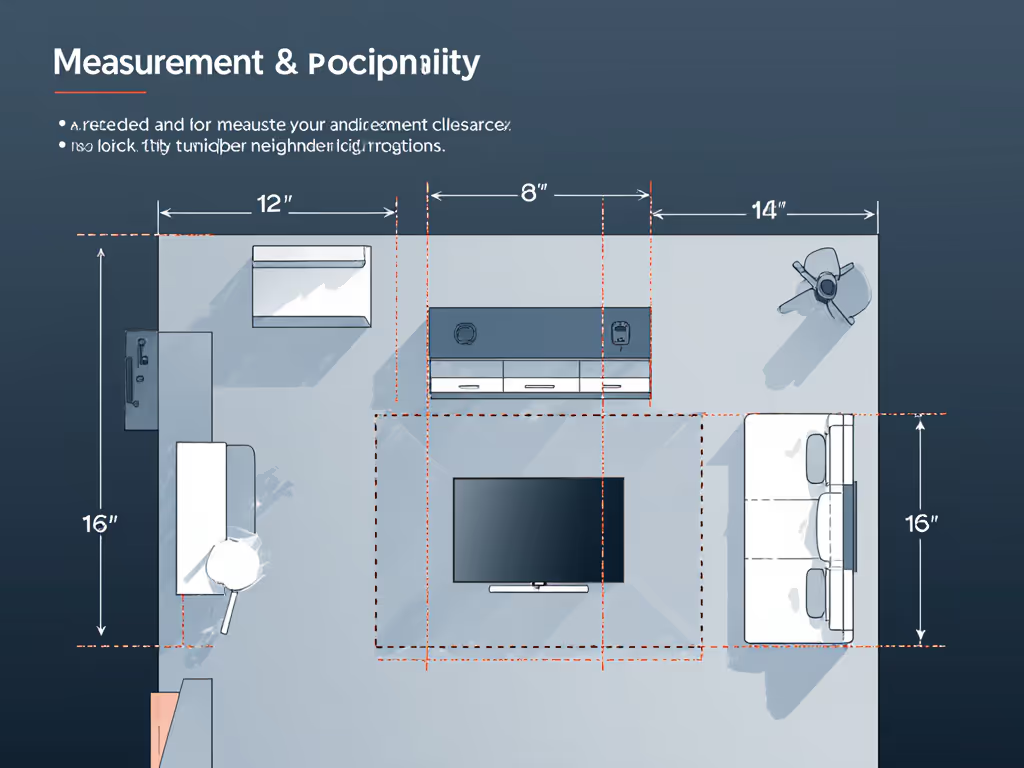
This room-first approach eliminates 70% of mismatched purchases. A $1,000 system fails if your upstairs neighbor knocks at 8 PM.
Design Differences That Actually Matter
Soundbar Form Factors: Sleek But Compromised
Soundbars win for renters with mounting restrictions. Their long, narrow profiles (typically 36-48" wide) slide under most TVs or wall-mount cleanly. But compromises lurk:
-
Height sensitivity: Most exceed 2" tall, risking blocked TV sensors. Measure your TV's IR window depth first.
-
Subwoofer dependency: Built-in bass drivers rarely satisfy. Expect a separate wireless sub eating floor space, problematic in studio apartments.
-
Wall-mount limitations: Requires ultra-slim designs (like the Bose TV Speaker's 2.21" height). Standard models need 4-6" clearance.
Soundbase Advantages: Hidden Strengths
Soundbases (short/wide rectangles) get dismissed as "obsolete," but they solve unique renter pain points:
-
TV support: Doubles as furniture, no drilling, no wobbly stands. Critical where wall mounts are forbidden.
-
Integrated bass: Single-box design with down-firing subwoofers avoids satellite clutter. Deeper lows without a separate subwoofer unit eating your limited floor space.
-
Neighbor peace: More controlled low-end dispersion (vs. rogue subwoofers in corners) keeps bass contained. Vital for thin-walled apartments.
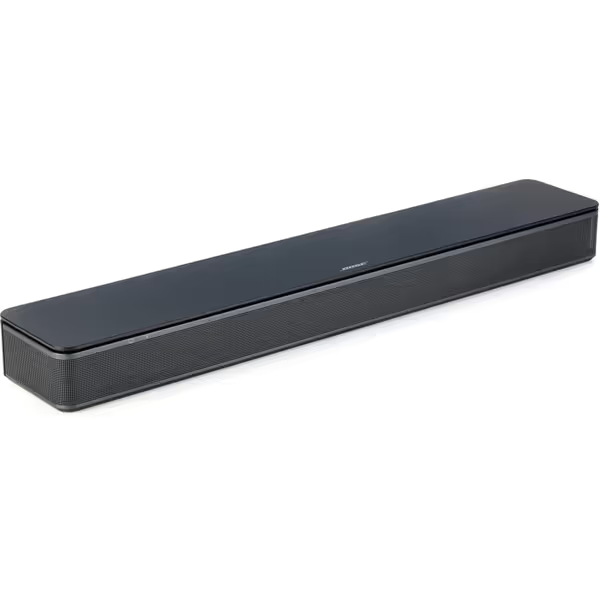
Bose TV Speaker
Note how the Bose TV Speaker's compact height (2.21") exemplifies soundbar solutions for sensor-block anxiety, but lacks the soundbase's structural advantage for TV support.
Dialogue Clarity vs Bass Power: The Real Trade-Off
Forget "which is better soundbar or soundbase", ask what your room actually needs:
| Scenario | Soundbar Edge | Soundbase Edge |
|---|---|---|
| Apartment with thin walls | Virtual surround processing can isolate dialogue | Natural bass containment avoids neighbor complaints |
| TV on furniture (no wall mount) | Requires TV legs clearance | Fits seamlessly as TV stand foundation |
| Prioritizing clear dialogue | Most offer dedicated voice-enhance modes | Wider chassis allows better midrange driver placement |
| Open floor plan | Easier to position subwoofer centrally | Harder to blend with decor; heavier |
Key insight: Soundbases often deliver clearer dialogue at low volumes because their larger cabinets minimize distortion when bass notes hit. In my first thin-walled apartment, switching to a soundbase let me hear whispers at volume 35 without triggering knocks, something no soundbar/sub combo achieved.
Your Neighbor Peace Protocol
As a renter-focused audio tester, I prioritize one-remote sanity and cable-light setups that prevent domestic friction. Implement these now:
-
Night mode is non-negotiable: Enable dialogue boost and dynamic range compression. Both Samsung and Bose models auto-apply this when volume drops below 40.
-
ARC/eARC health check: Confirm your TV supports eARC for lossless audio. Optical connections cripple modern sound processing, always verify HDMI port compatibility first.
-
Bass ceiling test: Play a 40Hz tone at your target volume. If neighbors hear it through floors/walls, set a hard limit below that threshold. Most soundbases hit clean limits 5-8dB higher than soundbars.
-
Cable-light plan: Tuck wires under rug edges or use adhesive raceways. Visible subwoofer cables undermine your partner's buy-in, hide them before demo day.
Which Is Better Soundbar or Soundbase? The Verdict
Choose soundbases if:
- Your TV sits on furniture (not wall-mounted)
- You lack floor space for a subwoofer
- Neighbor complaints are a dealbreaker
- You value vibration-free dialogue clarity
Choose soundbars if:
- Wall mounting is possible (or TV legs provide clearance)
- You'll add rear speakers later
- Your room has thick walls/open floor plan
- Ultra-slim profile is essential for aesthetics
Remember: Both are tv sound system upgrades, not replacements for full theaters. In a 12x15' living room, differences blur once calibrated. But in tight apartments, the wrong choice means constant volume juggling.
Actionable Next Step
Measure your real-world constraints before spec-shopping:
- Tape your TV's footprint on the floor
- Place shoes where you sit, measure sightlines to IR sensors
- Play bass-heavy content at volume 35 (test neighbor reaction)
This 10-minute cable-light plan prevents returns and arguments. Great sound starts not with wattage, but with respecting your space's physics and relationships. Run that real-room fit check tonight, your neighbors will thank you tomorrow.
Related Articles

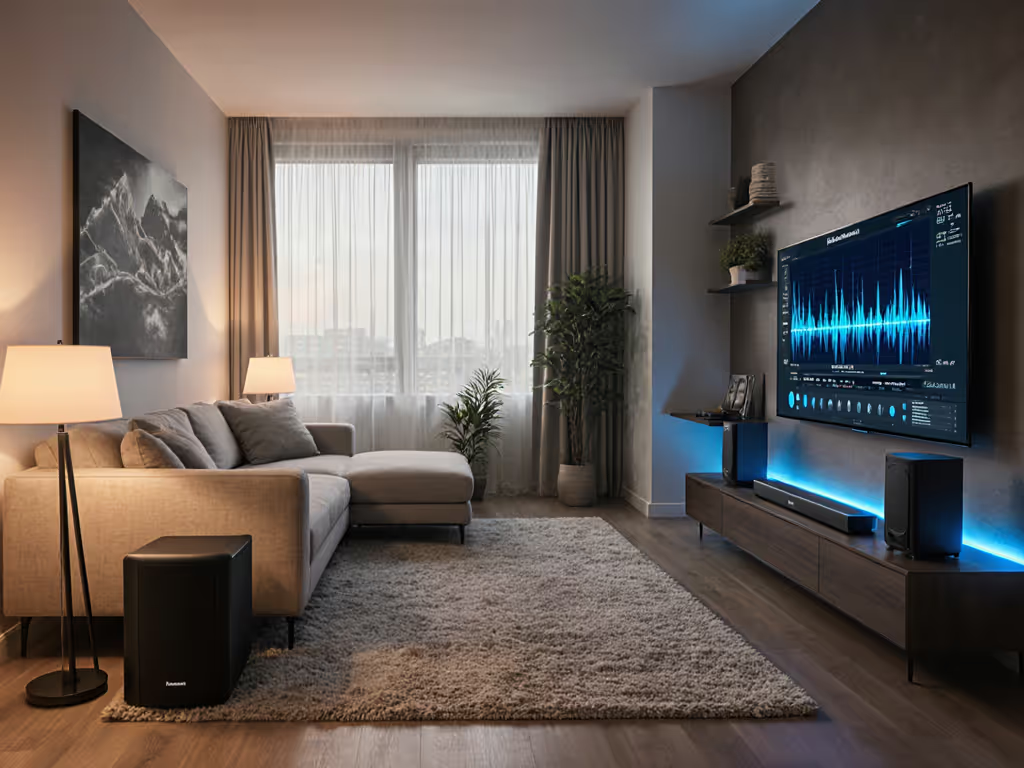
Real-World Nakamichi Shockwafe Wireless vs Samsung HW-Q990F
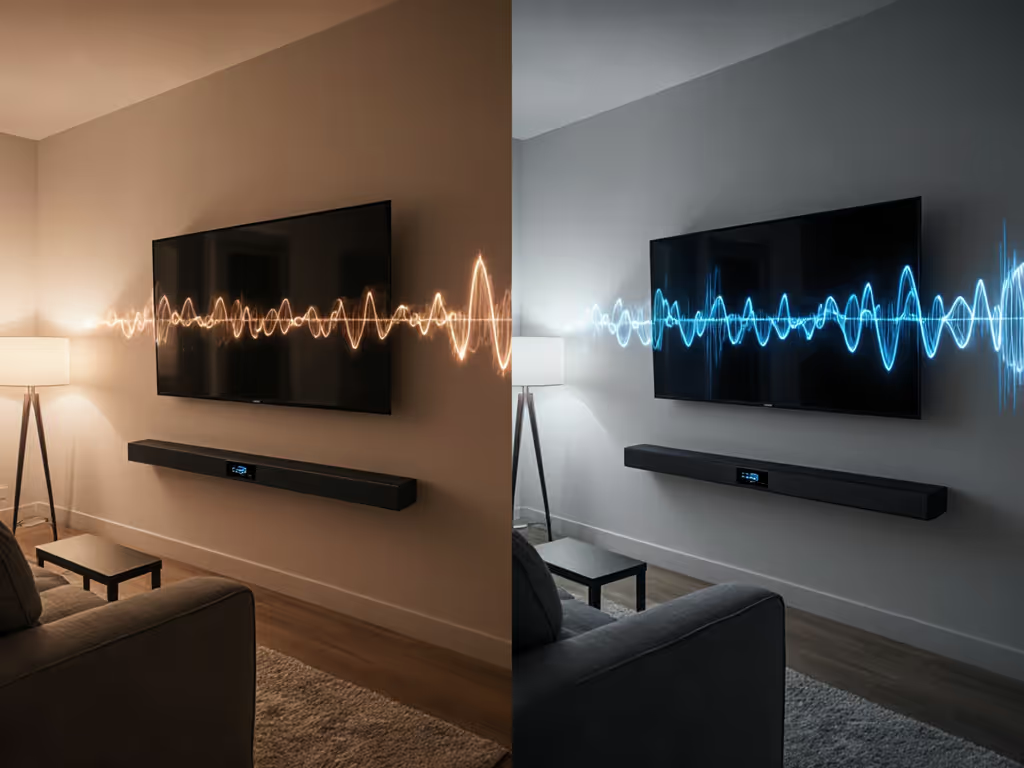
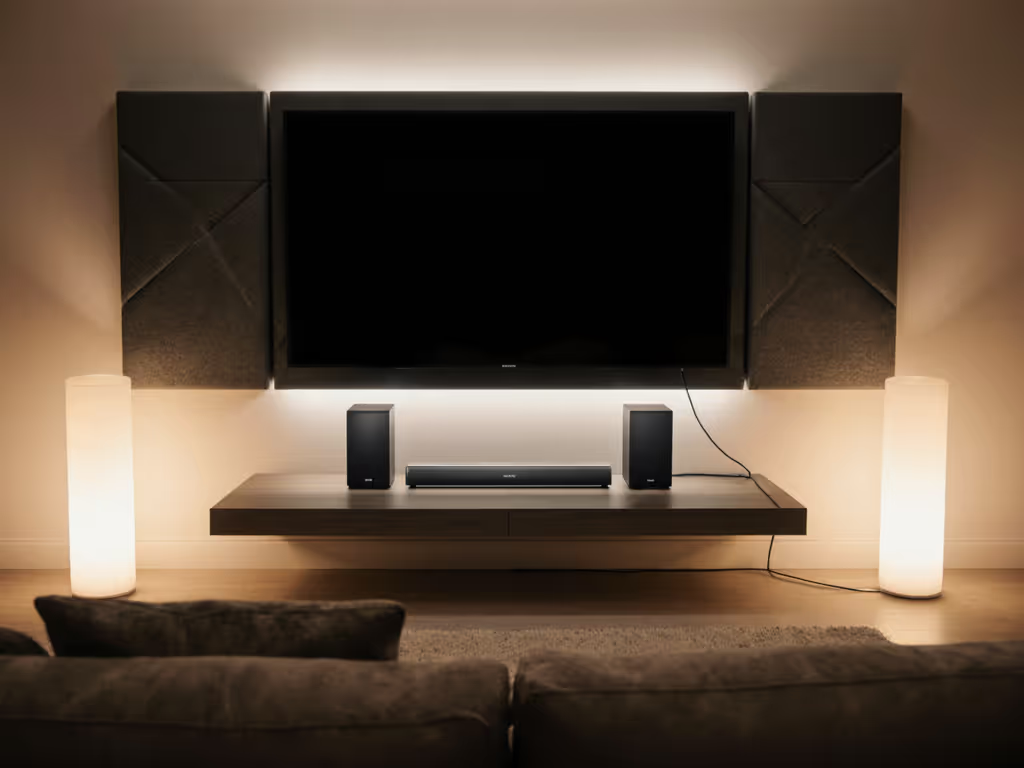
Soundbar Ecosystem Showdown: HK Enchant 1100 vs Sony Theatre Bar 9
